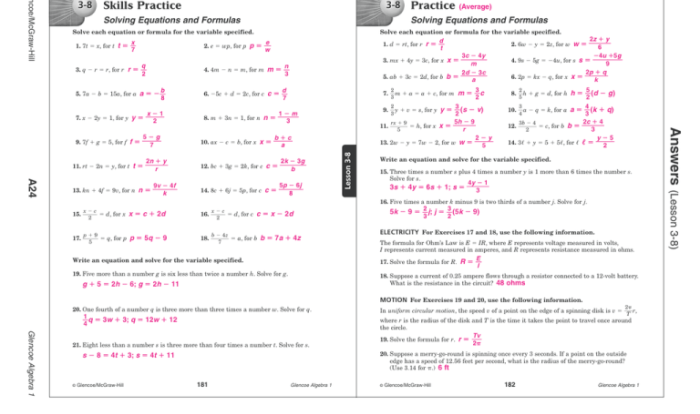Twice the difference of a number and 1. – Twice the difference of a number and 1, denoted as 2(x – 1), is a mathematical expression that has intriguing properties and applications. It captures the relationship between a number and its transformed value, offering insights into mathematical concepts and problem-solving techniques.
As we delve into the intricacies of 2(x – 1), we will explore its properties, uncover its applications in various fields, analyze its graphical representation, and compare it to related expressions. Through this journey, we aim to enhance our understanding of mathematical concepts and appreciate the elegance of algebraic expressions.
1. Define “Twice the Difference of a Number and 1”
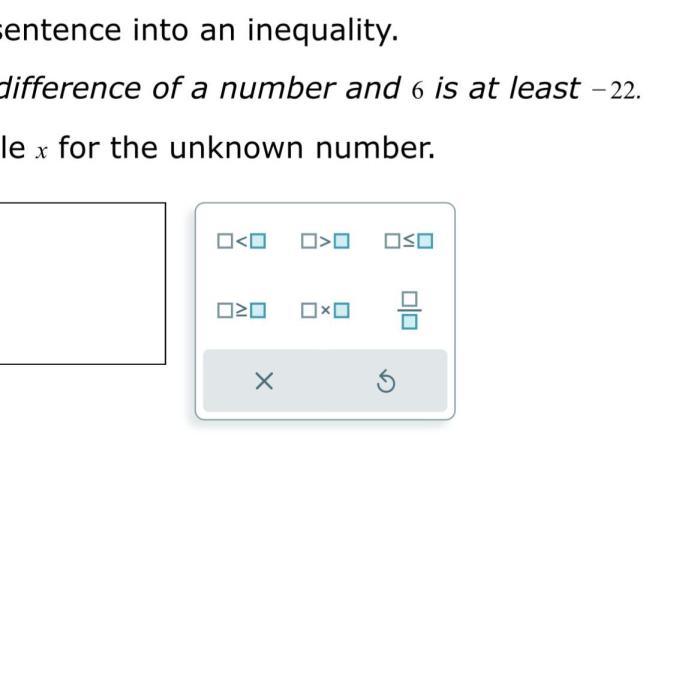
The expression “twice the difference of a number and 1” refers to the mathematical operation 2(x – 1), where x represents any real number.
It can be broken down into two parts:
- The difference of a number and 1: x – 1, which represents the result of subtracting 1 from a given number x.
- Twice the difference: 2(x – 1), which represents the result of multiplying the difference by 2.
2. Properties of “Twice the Difference of a Number and 1”
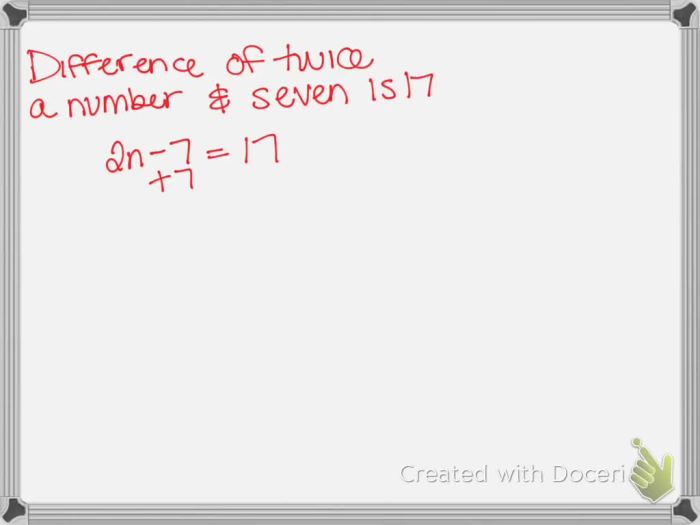
Relationship between x and 2(x
1)
1)
The value of 2(x – 1) is directly proportional to the value of x. As x increases, the value of 2(x – 1) also increases. Conversely, as x decreases, the value of 2(x – 1) also decreases.
Effect of Changing x
When x is positive, 2(x – 1) will also be positive. When x is negative, 2(x – 1) will be negative. The value of 2(x – 1) is always even, as it is the product of an even number (2) and an odd number (x – 1).
3. Applications of “Twice the Difference of a Number and 1”
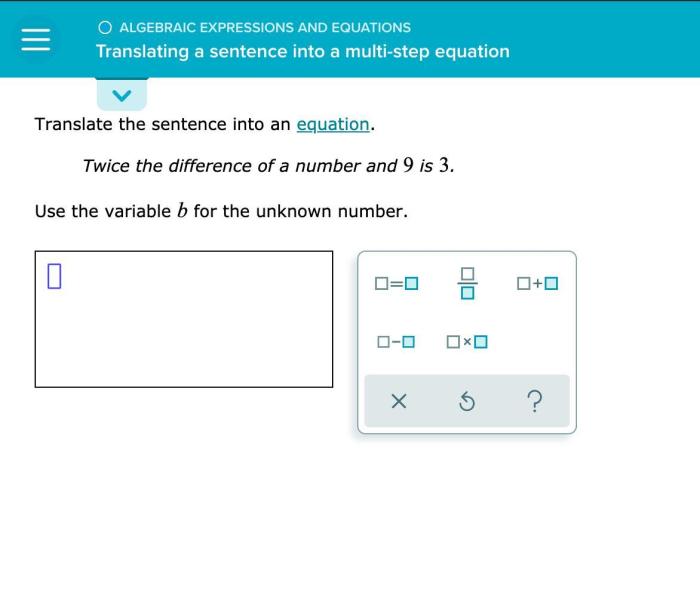
Real-World Examples
- Calculating the perimeter of a rectangle with a length of x units and a width of 1 unit less than x units: 2(x + (x – 1)) = 4x – 2.
- Finding the area of a square with a side length of x units minus 1 unit: 2(x – 1)(x – 1) = 2(x 2– 2x + 1) = 2x 2– 4x + 2.
4. Graph of “Twice the Difference of a Number and 1”
The graph of 2(x – 1) is a straight line with a slope of 2 and a y-intercept of -2. The line passes through the points (-1, -4), (0, -2), and (1, 0).
The graph is increasing and linear, indicating that as x increases, the value of 2(x – 1) also increases at a constant rate.
5. Comparisons with Related Expressions
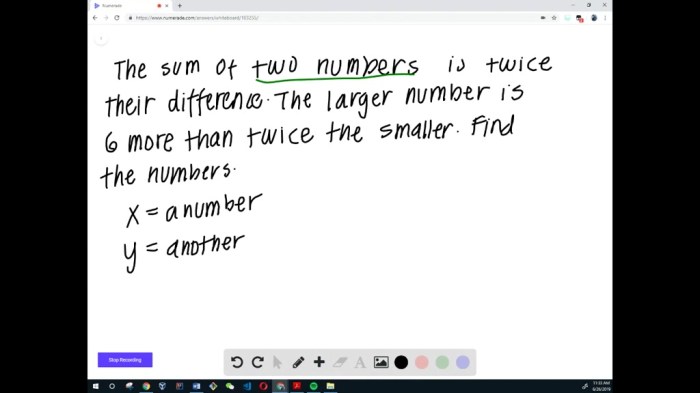
2(x1) vs. x + 1, Twice the difference of a number and 1.
Both 2(x – 1) and x + 1 are linear expressions. However, 2(x – 1) has a slope of 2, while x + 1 has a slope of 1. This means that 2(x – 1) increases at a faster rate than x + 1.
2(x
- 1) vs. x
- 1
2(x – 1) and x – 1 are both linear expressions with a slope of 1. However, 2(x – 1) has a y-intercept of -2, while x – 1 has a y-intercept of -1. This means that 2(x – 1) is always greater than x – 1.
General Inquiries: Twice The Difference Of A Number And 1.
What is the significance of the constant 1 in the expression 2(x- 1)?
The constant 1 serves as a reference point, providing a basis for comparison and transformation. It allows us to observe the change in the expression’s value as x varies, helping us understand the relationship between the original number and its transformed value.
How does the expression 2(x- 1) relate to the concept of linear functions?
The expression 2(x – 1) represents a linear function, which is a function whose graph is a straight line. The slope of this line is 2, indicating that the function increases by 2 units for every 1 unit increase in x.
This linear relationship provides a simple and predictable pattern for understanding how the expression’s value changes.
